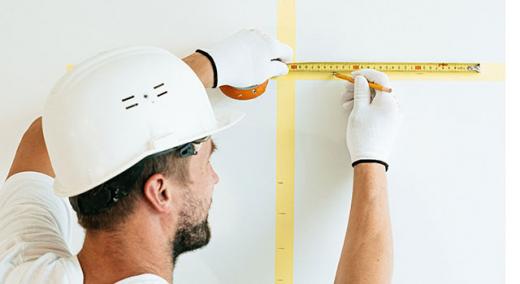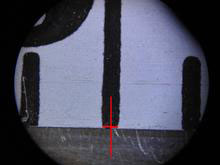Y
ou need to measure length accurately to do things like make a dress, build a house, survey a plot of land, or determine if the home team made a first down on the football field. These length measurements and many others are often made with the help of a measuring tape. The major companies that produce the tape measures we use in everyday life rely on waves of light as the ultimate ruler to ensure their tapes are accurate.
|
ADVERTISEMENT |
Some manufacturers use highly accurate reference tape measures to print their familiar hash marks on the tape. Some are printed using computer-controlled ink printers with tiny print heads to ensure the markings are laid down accurately.
|
|
…


Add new comment